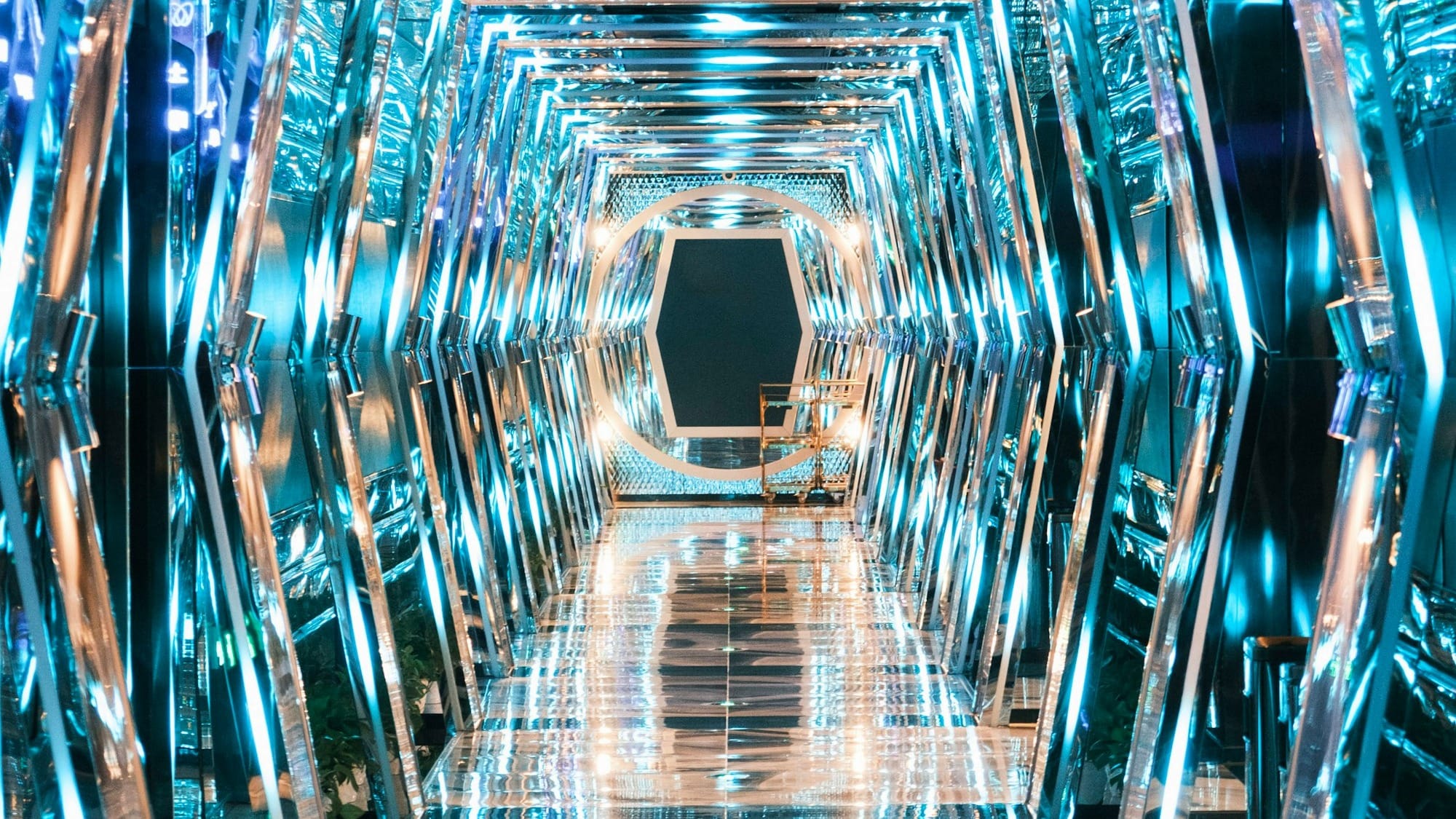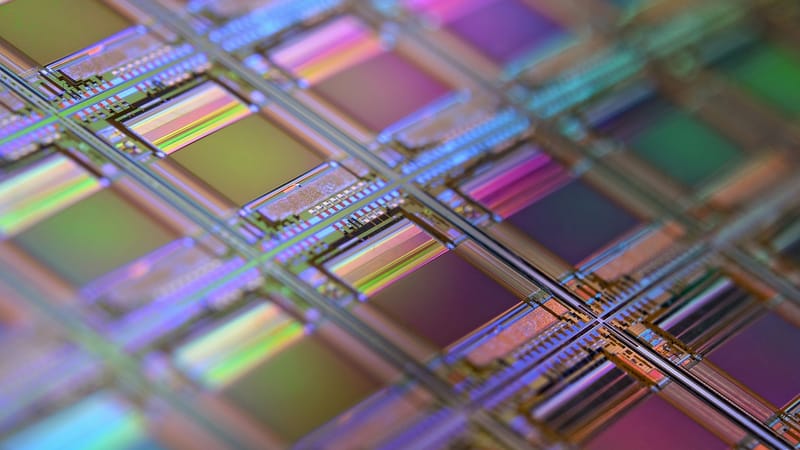NVIDIA and Oracle Join Forces to Build the DOE’s Largest AI Supercomputer

NVIDIA and Oracle have announced a collaboration with the U.S. Department of Energy (DOE) to build what they describe as the DOE’s largest artificial intelligence supercomputer at Argonne National Laboratory. The new system, named Solstice, will feature 100,000 NVIDIA Blackwell GPUs, according to NVIDIA’s official release.
A second system, called Equinox, will include 10,000 NVIDIA Blackwell GPUs and is expected to become available in the first half of 2026. Together, the two supercomputers will deliver around 2,200 exaflops of AI performance, making them among the most powerful computing systems ever built for scientific research in the United States.
“AI is the most powerful technology of our time, and science is its greatest frontier,” said Jensen Huang, founder and chief executive of NVIDIA. “Together with Oracle, we’re building the Department of Energy’s largest supercomputer that will serve as America’s engine for discovery.”
Building a New Era of Scientific AI
The Solstice system will support the DOE’s mission to advance AI capabilities for U.S. security, scientific discovery and energy innovation. It will connect directly to experimental facilities at Argonne, allowing researchers to use AI models for complex simulations, data analysis and scientific problem solving.
According to the Department of Energy, the partnership represents a new public–private model designed to accelerate progress in areas such as climate research, materials science and biomedical innovation.
Oracle will provide high-performance cloud infrastructure and networking to complement NVIDIA’s hardware and AI software stack, including CUDA, TensorRT and the Blackwell GPU architecture.
Scaling the AI Infrastructure
Reports from CoinCodex and TechRadar indicate that Solstice will be one of the largest deployments of NVIDIA’s Blackwell chips to date. The system will run large-scale generative models and “agentic AI” research projects that can assist scientists in designing experiments, interpreting data and generating new hypotheses.
A second-phase system, Equinox, will expand the DOE’s AI computing capacity further in 2026, offering additional resources for open science collaborations and national laboratories across the United States.
Why It Matters
The partnership strengthens the United States’ leadership in AI infrastructure and scientific computing, positioning Argonne as a central hub for large-scale AI research. The systems are expected to support collaborations between government agencies, universities and private research institutions.
For NVIDIA, the project highlights the growing use of its Blackwell GPUs for scientific and industrial AI workloads. For Oracle, it marks another step in expanding its footprint in high-performance cloud computing and deep learning workloads.
The Next Frontier
The DOE says the Solstice and Equinox systems will play a central role in developing agentic scientists—AI systems that can autonomously reason, plan and explore scientific problems. The collaboration aims to boost research productivity and accelerate discovery in critical areas of science and energy.
As Huang put it, “This system will serve as America’s engine for discovery.”






